www.howtolightguide.com
![2700k vs. 3000k light [6 main differences] 2700k Vs. 3000k Light: Top 6 Differences & Best Guide | Tips](https://howtolightguide.com/wp-content/uploads/2024/02/howtolightguide.jpg)
Which the 2700k vs. 3000k light? Hey there, light seekers! Caught in the eternal struggle of picking light bulbs, torn between the cozy warmth of 2700K and the slightly brighter 3000K glow?
Fret not; I’ve been right there with you, squinting at those packaging hieroglyphics like it’s some cosmic puzzle. This breezy article takes you into the ring for the showdown between the two color temperature lights (2700K and 3000K warm white lights), spilling the beans on what makes them tick.
![2700k vs. 3000k light [6 main differences] 2700k vs. 3000k light](https://howtolightguide.com/wp-content/uploads/2024/02/howtolightguide-1.jpg)
Contents
- 1 1. 2700k vs. 3000k: color temperature rating
- 2 2. 2700k vs. 3000k: suitable environments
- 3 3. 2700k vs. 3000k: energy efficiency
- 4 4. 2700k vs. 3000k: cost differences
- 5 5. 2700k vs. 3000k: compatibility with various fixtures and spaces
- 6 6. 2700k vs. 3000k: maintenance and replacement
- 7 Understanding color temperature
- 8 Factors influencing the choice between 2700k vs. 3000k
- 9 Tips for choosing the right light
- 10 Conclusion
- 11 FAQ
1. 2700k vs. 3000k: color temperature rating
- 2700K color temperature
So, the 2700K color temperature of warm white lights is like your warm, fuzzy blanket for your room. Picture a sunset or the soft glow of a candlelit dinner – that’s the warm light color we’re talking about. This color temperature is this amber, golden hue that instantly wraps you up in a cozy embrace.
- 3000K color temperature
Now, let’s step into the world of a 3000K warm white light source – where things are a bit more vibrant as the heat interacting with the light produces a whiter light color.
Think of it like natural light on a clear, sunny day.
The light is a bit cooler, and brighter, with a warm white color temperature but a bit more of a blue light hazard, and it adds this crisp touch to your space. I usually go for those 3000K halogen bulbs in spots where I need things to be a bit brighter and perkier.
Comparison of 2700k and 3000k
2700K ambient lighting wraps you in warmth, perfect for those cozy evenings. 3000K color temperature brings brightness, ideal for places where you need a little more pep in your step.
2700K ambient lighting sets a chill, relaxed atmosphere – great for winding down. 3000K color temperature amps up the energy, perfect for areas where you need to stay alert and focused.
2. 2700k vs. 3000k: suitable environments
- 2700K
I’d say, throw it into places where you want to feel like you’re wrapped in a warm hug. Living rooms, bedrooms, and or dining room areas are where 2700K warm white light with a lower blue light spectrum shines – literally.
It’s perfect for those spaces where you just want to kick back, relax, and let the cozy feelings take over. Imagine a quiet evening with a book, or a movie night – that’s where the 2700K color temperature suits the best.
- 3000K
Now, a 3000K light source with a bit more of a blue light hazard loves to be where the action is. Kitchens, offices, and workspaces are where 3000K feels right at home.
Need to get the work done without falling asleep in the early morning? Go for 3000K. Working on that masterpiece in your home office? 3000K colour temperature suits here well.
Comparison of 2700k and 3000k
The 2700K light emitted from an incandescent light bulb surprisingly makes your space wrapped in a cozy blanket. Cozy corners in living rooms, movie nooks, dining room areas, and reading spots are perfect examples.
Send 3000K with more blue light into spaces where you need to be awake, alert, and ready to tackle the world. Think kitchens, offices, and places where productivity is the name of the game.
![2700k vs. 3000k light [6 main differences] howtolightguide 2](https://howtolightguide.com/wp-content/uploads/2024/02/howtolightguide-2.jpg)
3. 2700k vs. 3000k: energy efficiency
- 2700K
When it comes to 2700K, we’re talking about the cozy glow that won’t break the bank. These bulbs tend to be a bit more energy-efficient, sipping on power rather than chugging it. So, if you’re all about creating a warm vibe without skyrocketing your energy bill, 2700K is your go-to.
- 3000K
Now, moving on to 3000K, these bulbs bring a bit more brightness to the table, but fear not, they’re still pretty energy-efficient. They stay efficient while boosting productivity.
Sure, they might use a tad more energy than 2700K, but they’re still keeping it reasonable. So, if you want that extra perfect lighting without sacrificing too much on efficiency, 3000K is the way to go.
Comparison
2700K saves energy like a pro, making sure your cozy moments don’t use too much energy. And 3000K adds a bit more brightness without going overboard on the power consumption.
4. 2700k vs. 3000k: cost differences
- 2700K
Let’s talk dollars and cents, my friends. 2700K lights are not just easy on the eyes; they’re also pretty gentle on the wallet.
These warm light fixtures without high blue light emission tend to be a bit more budget-friendly, which is music to our ears.
So, you can bathe your space in that warm, golden glow without feeling like you’re burning through your cash. It’s a cozy ambiance without the hefty price tag – win-win!
- 3000K
Now, if you’re leaning towards the 3000K side of things, be ready to pay in a bit more. Sure, splurging a bit for the brighter side might sting the wallet, but think of it like treating yourself to a high-def, vibrant visual upgrade – worth the investment.
The cost is a bit more, but the enhanced brightness is so worth it!
Comparison of 2700k and 3000k
Get this – the 2700K warm lighting not only cozies up your place but is also easy on the wallet, sparing your bank account the waterworks. The 3000K option with less blue light emission, a bit pricier, brings that extra oomph and vibrancy – a treat-yourself moment if you will.
![2700k vs. 3000k light [6 main differences] howtolightguide 3](https://howtolightguide.com/wp-content/uploads/2024/02/howtolightguide-3.jpg)
5. 2700k vs. 3000k: compatibility with various fixtures and spaces
- 2700K
Alright, if you’re all about that cozy 2700K warmth, you’re in luck because these bulbs are basically the ninja warriors of lighting – they fit seamlessly into any fixture.
Whether you’ve got a sleek pendant light, a timeless table lamp, or even some quirky wall sconces, 2700K is the versatile sidekick that slides right in.
- 3000K
Now, if you’re all about that 3000K brightness with slightly more blue light emission, fear not – it’s also a versatile choice when it comes to fixtures. This cool, crisp light is ready to shine in various spaces.
From kitchens to offices, and even bathrooms – you throw it at 3000K, it can handle the challenge like a champ. Ceiling fixtures, track lighting, or those sneaky recessed lights – 3000K is your go-to.
Comparison of 2700k and 3000k
2700K is the versatile champion, fitting into fixtures of all kinds and spaces of all purposes. 3000K is the all-around player, adapting to various spaces with its cool, bright light.
6. 2700k vs. 3000k: maintenance and replacement
- 2700K
If you’re choosing 2700K, get ready for a low-maintenance relationship. These bulbs tend to have a longer lifespan, meaning they won’t be burning out on you too often.
Plus, when it finally decides to take a break, replacements won’t break the bank. Long-term coziness without the hassle – sign me up!
- 3000K
Now, let’s talk about the maintenance options with 3000K. Yes, it might not last quite as long as its cozier counterpart, but it’s still holding its own.
The slightly shorter lifespan is the trade-off for that brighter, energetic glow.
But fear not, it’s durable and long-lasting too without breaking the bank.
Comparison of 2700k and 3000k
2700K bulbs stick around for the long haul, need minimal TLC, and getting replacements won’t break the bank. 3000K balances brightness with a decent lifespan, with replacements that won’t break the bank.
Understanding color temperature
Alright, talk about this thing called color temperature. Now, I’m no scientist but think of color temperature like the mood ring of the lighting universe. Color temperatures are that special something that sets the unique atmosphere for your space.
So, here are color temperatures in simple terms. Color temperature, measured in Kelvins (K), is like the mood ring of lighting – it spills the beans on whether your lights are rocking a warm, cozy mood or a cooler, crisper brightness.
Picking color temperatures is akin to deciding between a warm sunset glow or a clear, sunny day. The Kelvin scale spills the tea – the higher the color temperatures, the cooler and brighter; lower color temperatures bring that warm, cozy vibe.
So, when you’re in the color temperatures aisle, imagine the vibe you’re aiming for. Whether it’s a laid-back family evening or a hustle-worthy workspace, your color temperature choice is the secret sauce for setting the scene. Find the color temperature for your needs, so your space would come alive with the perfect mood!
![2700k vs. 3000k light [6 main differences] howtolightguide 4](https://howtolightguide.com/wp-content/uploads/2024/02/howtolightguide-4.jpg)
Factors influencing the choice between 2700k vs. 3000k
Some real factors can sway your decision.
Mood and atmosphere of 2700k and 3000k
Once more, ponder the mood you’re aiming for in a room. If you’re leaning towards crafting a snug haven, 2700K is the winner. On the other hand, if you’re more into a bright, alert atmosphere – say, for your workspace or cooking in the kitchen – 3000K will do.
Purpose of the space for 2700k and 3000k
Consider what you’re doing in the room. Bedrooms, living rooms, and chill zones? Lean towards 2700K for that laid-back feel.
Looking to boost productivity in your home office or illuminate your kitchen for some culinary wizardry? Meet your partner in crime – 3000K.
Color perception of 2700k and 3000k
Surprisingly, your walls and furniture color come into play. Enter 2700K bulbs with their magical knack for boosting warm tones. Imagine your room filled with earthy browns, cozy reds, and soft yellows – 2700K makes them pop. It’s like giving your room a warm, Instagram filter.
When living rooms are filled with warm-colored furnishings, like wooden furniture or deep-colored walls, 2700K will make it feel even cozier. It’s the secret sauce to creating that intimate, comfortable atmosphere.
Cool lighting might give a more crisp, vibrant look. It’s excellent at showcasing colors with clarity and vibrancy. Picture a room with cool blues, greens, or even whites – 3000K lights them up like a gallery.
If your room has a modern aesthetic with lighter colors, 3000K can amplify that fresh, contemporary style. So, take a peek at your color palette before making the call.
Balancing act with both 2700k and 3000k
Maybe you’re a bit indecisive (no judgment here!). Consider mixing both in the same space. Sometimes, life – and home decor – is all about finding the spot between two extremes. When it comes to lighting, you might just discover that the magic lies in mixing both warm and cool. Let’s explore this balancing act and how it can elevate your space.
So, here’s the scoop: you don’t necessarily have to choose just one color temperature for your entire lair. It means having a dynamic duo of lights that cater to different moods and activities.
Reserve the warm, golden embrace of 2700K incandescent bulbs for your chill-out zones – the living room, bedroom, or any space where relaxation is preferred.
Introduce the cool, energetic nature of 3000K in areas of the room that demand focus and productivity. Your home office, kitchen, or any spot where you need to be on your toes benefits from this crisp brightness.
Now, here’s my point – imagine a living room with a cozy 2700K floor lamp next to a bright 3000K desk lamp in your home office. It’s a harmonious symphony of warmth and focus, tailored to each area’s purpose. This balancing act not only caters to your different needs but also adds layers of depth and character to your space. It means having the best of both worlds and who wouldn’t want that?
Tips for choosing the right light
Now, let’s talk about some tips for choosing the perfect light for your space. So, grab your imaginary interior designer hat, and let’s dive in.
Assessing the purpose and mood of different rooms
Consider the mood you want to set. Bedrooms and reading corners love the warm glow for that calming ambiance. Kitchens and workspaces prefer cooler tones to keep you sharp and ready.
Oh, and don’t forget about the bathroom. 3000K might be the star for a fresh, vibrant look when you’re getting ready to conquer the day.
So, it’s not just about wattage and lumens; it’s about matching the purpose and mood of each room with the right color temperature.
Balancing preferences with practicality
Listen to your heart’s call for the 2700K incandescent bulb, especially if your walls are decked in deep, warm colors. Go for it! It’s about crafting a space that resonates with your vibes. However, consider the practicality in spaces where you need to be more alert.
Maybe that’s your workspace or kitchen – areas that thrive under the crispness of 3000K.
Can’t decide? Well, who says you have to? Balancing both preferences can create a dynamic, versatile lighting scheme that suits every part of your life.
![2700k vs. 3000k light [6 main differences] howtolightguide 5](https://howtolightguide.com/wp-content/uploads/2024/02/howtolightguide-5.jpg)
Conclusion
Whether you’re soaking up the glow of 2700K or basking in the vibrancy of 3000K, nailing that ideal lighting balance is the key to elevating warmth, brightness, and all the shades in between for your space.
FAQ
What is better 2700K or 3000K?
Consider your mood and personal preference as the guiding stars! Grab a 2700K incandescent bulb for that warm and cozy hug or hop on the 3000K train for a brighter, cooler scene with a bit more blue light. Just roll with what suits your mood and purpose.
What is 2700K light good for?
2700K, giving less blue light exposure, is just perfect for creating a cozy and intimate atmosphere. It’s ideal for bedrooms, living rooms, and areas where you want a warm, inviting glow.
Is 3000K too warm for kitchen?
Not at all! I’d say it can be a great choice. The bright and crisp nature of 3000K works well for kitchens, making your veggies look fresher, your countertops pop, and your cooking and other activities efficient.
What is 3000K light good for?
Eyeing a livelier, more vibrant vibe with an extra splash of blue light? Look no further than 3000K – perfect for kitchens, as I mentioned earlier, offices, workspaces, or any spot where you want to put the spotlight on your life’s to-do list.
What is the color rendering index?
The Color Rendering Index (CRI) is a scorecard for how well an artificial light source shows off the real colors of your stuff. It’s a number from 0 to 100: – higher means truer colors. So, high color rendering index lights make things look as they should, while low color rendering index might mess with the colors.





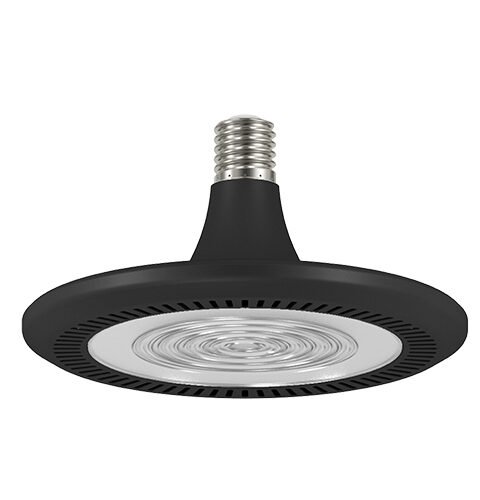
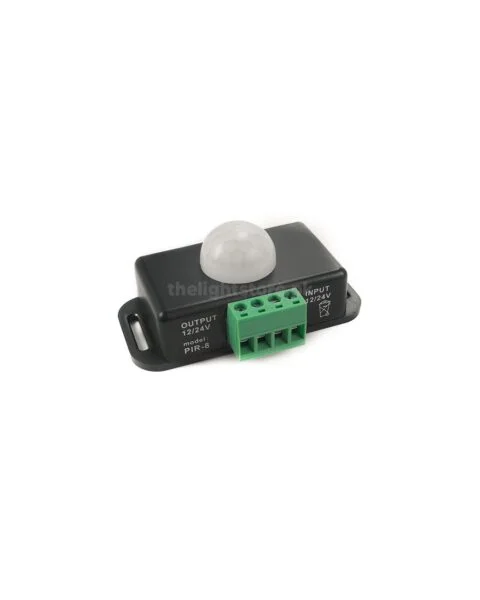
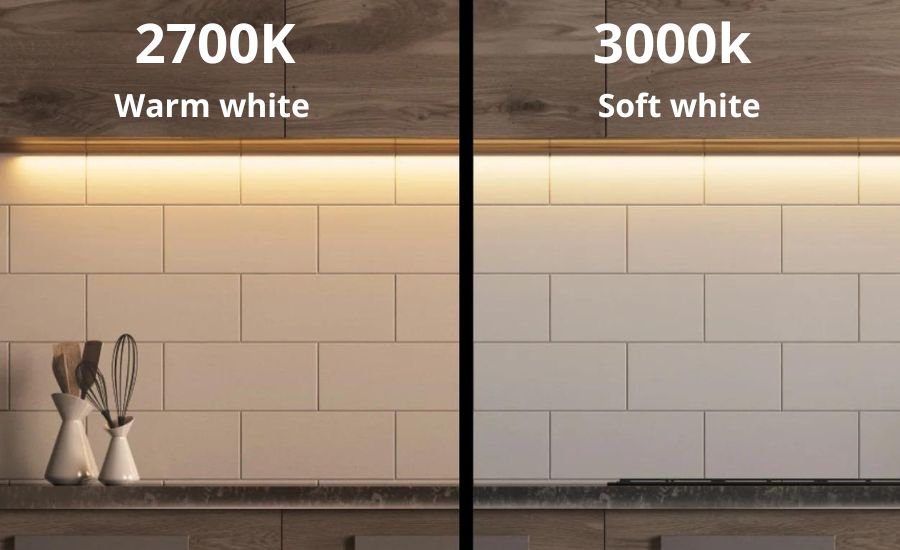
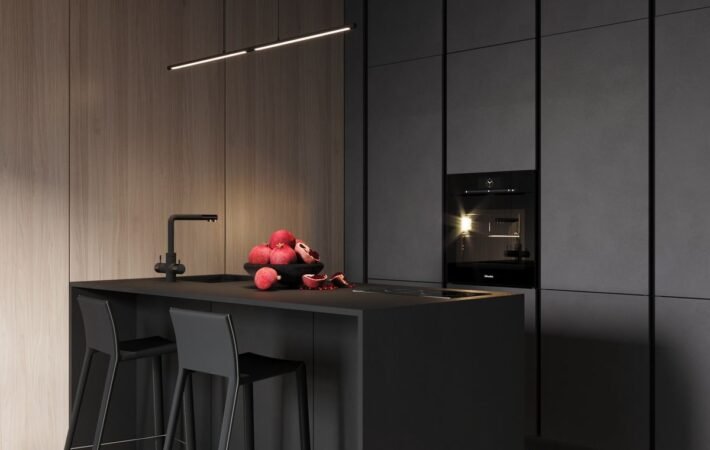


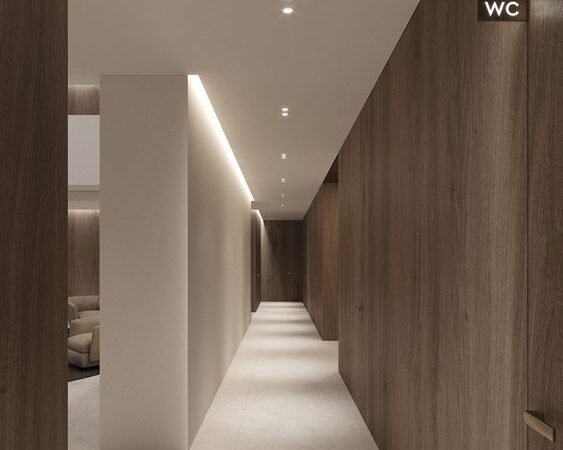
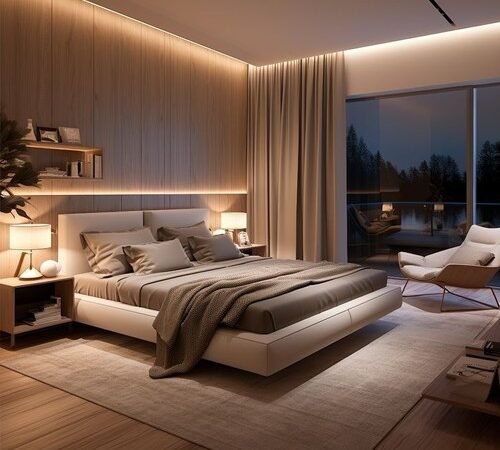
Leave a comment
Your email address will not be published. Required fields are marked *